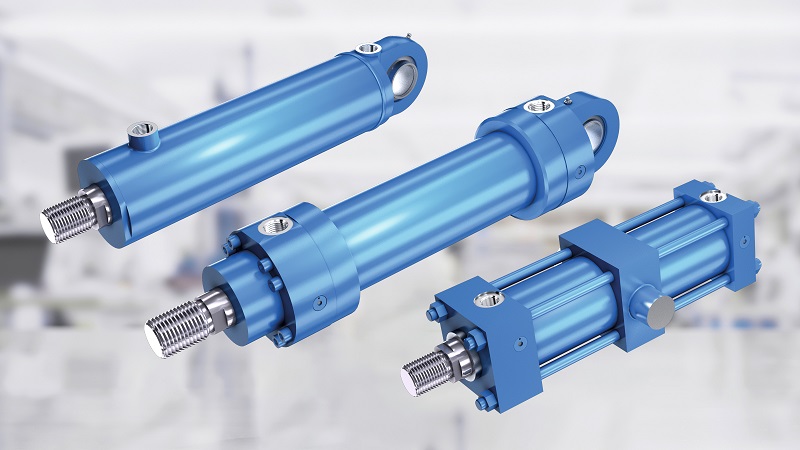Hydraulic Cylinders 101 A Comprehensive Guide for Beginners
Welcome to our comprehensive guide on hydraulic cylinders! Whether you're new to the world of engineering, construction, or automotive industries, understanding the basics of hydraulic cylinders in Australia is essential.
These powerful devices play a crucial role in various applications, and our guide aims to provide beginners with a clear understanding of their function, operation, and maintenance.
What are Hydraulic Cylinders?
Hydraulic cylinders are mechanical actuators that are used to provide unidirectional force through a unidirectional stroke. In simpler terms, they are devices that convert hydraulic energy into mechanical energy to perform work.
These are commonly found in heavy machinery, construction equipment, agricultural machinery, and even in the automotive industry. For instance, hydraulic cylinders are used in excavators to power the boom and bucket movements, in dump trucks for lifting the bed, and in hydraulic brakes in automobiles.
How Do Hydraulic Cylinders Work?
Hydraulic cylinders operate based on the principles of fluid mechanics and Pascal's law. A hydraulic fluid, typically oil, is used to transmit force within the cylinder. When pressure is applied to the fluid, it exerts force on the piston inside the cylinder, causing it to move in a linear motion.

This movement is then used to perform tasks such as lifting, pushing, or pulling heavy loads. Understanding the role of hydraulic fluid and pressure is crucial to grasping how hydraulic cylinders work.
Types of Hydraulic Cylinders
There are several types of hydraulic cylinders in Australia, each designed for specific applications. These include single-acting cylinders, double-acting cylinders, telescopic cylinders, and differential cylinders.
Single-acting cylinders exert force in one direction while double-acting cylinders can push and pull. Telescopic cylinders have multiple stages that allow for a longer stroke without sacrificing space, and differential cylinders have different piston diameters to provide varying forces. Each type has its unique features and applications, making it important for beginners to understand their differences.
Key Components and Terminology
Hydraulic cylinders consist of various components, including a piston, rod, cylinder barrel, seals, and ports. The piston is responsible for generating the linear motion, while the rod transmits the force to the external load.
Seals prevent fluid leakage, and ports allow for the inlet and outlet of hydraulic fluid. Understanding these components and associated terminology, such as bore size, stroke length, and rod end types, is essential for beginners to communicate effectively within the industry.
Maintenance and Troubleshooting Tips
Proper maintenance is crucial for ensuring the longevity and performance of hydraulic cylinders. Regular inspection of seals, fluid levels, and any signs of wear can prevent potential issues.
Additionally, troubleshooting tips for common problems like leaks, uneven movement, and loss of pressure can help beginners address issues effectively. Following manufacturer guidelines and seeking professional assistance when needed are also key to maintaining hydraulic cylinders.
Conclusion
This guide has provided beginners with a foundational understanding of hydraulic cylinders in Australia, their function, types, components, and maintenance.
By familiarising yourself with these fundamental concepts, individuals can confidently engage with hydraulic systems in various industries. We encourage readers to continue exploring further resources and seeking professional assistance to deepen their knowledge and expertise in the realm of hydraulic cylinders.
Source: Hydraulic Cylinders 101 A Comprehensive Guide for Beginners
Post Your Ad Here
Comments